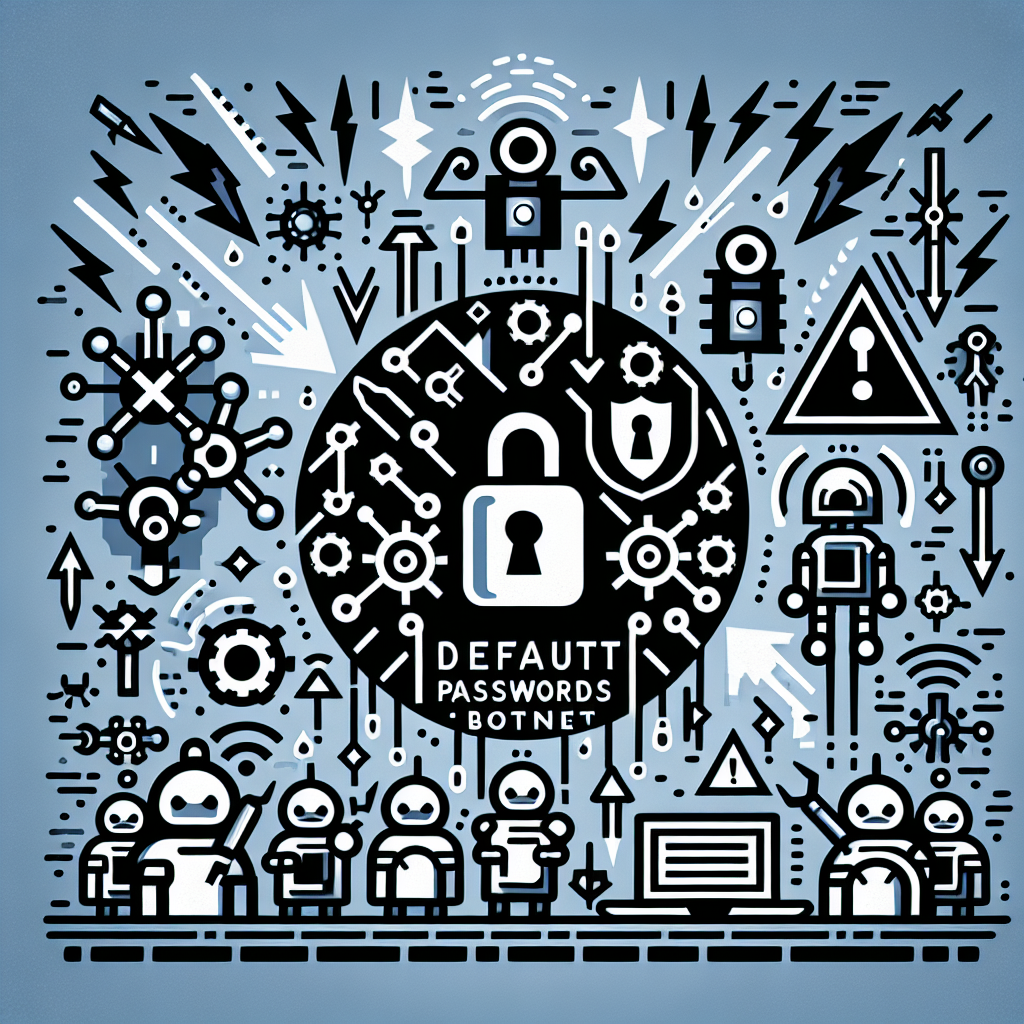IoT Devices Under Attack by Satori Variant of Mirai Botnet
Recent findings from researchers at Netlab 360 have revealed a concerning surge in malicious activity targeting IoT devices, with hackers attempting to enlist them into the notorious Satori botnet. This variant of the Mirai botnet is known for its capability to launch DDoS attacks and mine digital coins, posing a significant threat to cybersecurity.
The Vulnerability in D-Link DSL Routers
Experts have identified a critical vulnerability in D-Link DSL routers, mainly due to the prevalence of default usernames and passwords that are easily exploitable by cybercriminals. The lack of oversight in the IoT industry has left these devices susceptible to attacks, making them prime targets for malicious actors.
The Rise of Satori
While Mirai was a prevalent threat a few years ago, the emergence of Satori in late 2017 marked a new wave of infections targeting home routers. The latest variant of Satori has been actively exploiting known device vulnerabilities, including those in D-Link DSL-2750B devices, to expand its botnet and carry out malicious activities.
Response from Cybersecurity Experts
Ashley Stephenson, CEO of Corero Network Security, has highlighted the ongoing scans by cybercriminals to recruit devices into the Satori botnet. Precautionary measures, such as disabling remote administration as per manufacturer instructions, can help mitigate the risk of exploitation.
However, cybersecurity experts are calling for more accountability within the IoT industry. Mukul Kumar, CISO and VP of cyber practice at Cavirin, emphasized the need for a formal update and recall mechanism for vulnerable devices to prevent data breaches and ensure user safety.
Challenges in IoT Security
Chris Morales, head of security analytics at Vectra, pointed out the inherent security challenges in IoT devices, including default credentials and outdated software. The lack of regulations and oversight in the IoT space has made it easy for hackers to target these devices and compromise user privacy.
As the number of connected devices continues to rise, the need for enhanced security measures and proactive updates becomes paramount to safeguard against cyber threats. By addressing these vulnerabilities and implementing stricter security protocols, the IoT industry can better protect users from malicious attacks.

